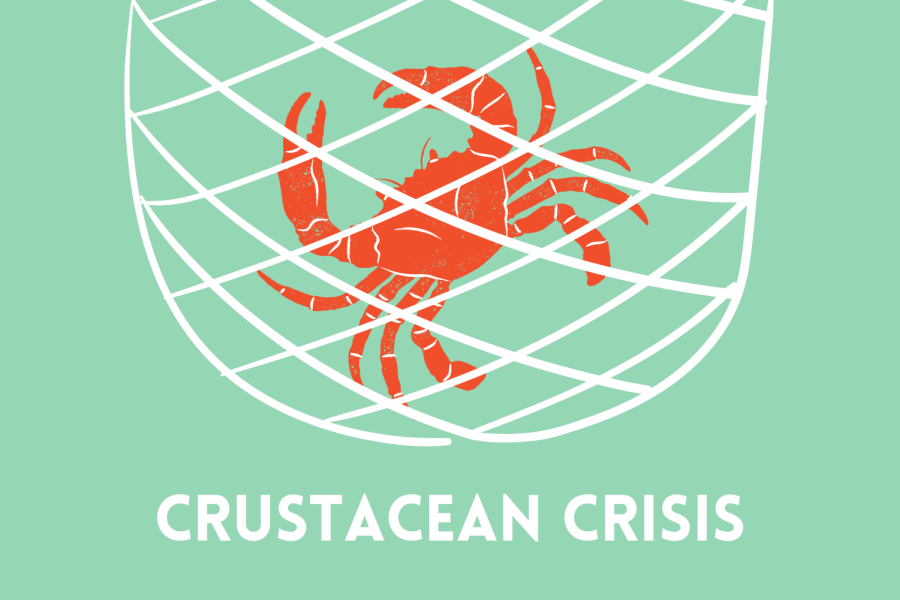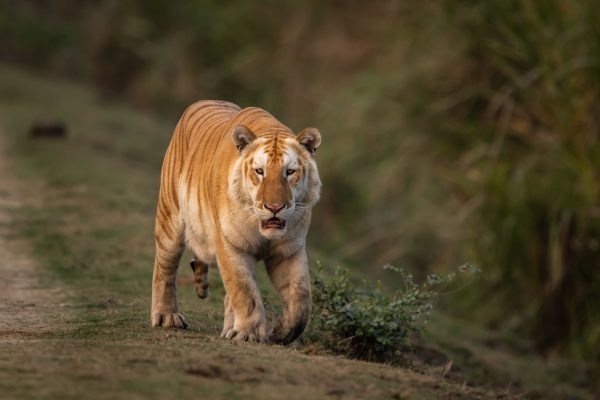Climate Change and the Crustacean Crisis
December 11, 2022
An alarming environmental disaster has taken over the Bering Sea. Since 2018, scientists have documented the disappearance of billions of snow crabs, leading to the first ever cancellation of the annual snow crab harvest for fisheries off the coast of Alaska.
Every year, the Alaska Board of Fisheries and North Pacific Fishery Management Council announce the regulatory threshold of how much of a given species can be fished. Recently, both announced that the snow crab population in the region fell below that threshold and that, for the second year in a row, the Bristol Bay red king crab harvest would also be canceled. According to Conservation, both species are key to commercial crab sales in Alaska, which account for about $160 million a year. Sources disagree on just how many snow crabs have disappeared, but most agree that the number fell from about 8 billion in 2018 to about 1 billion present day—a loss representing more than 80% of the snow crab population, according to Time. The popular crab has disappeared through a combination of volatile circumstances stemming from climate change and overfishing.
Temperature change that results from global warming is much more rapid in the Arctic and colder climates than in other parts of the world. Since 2018, the temperatures in the Bering Sea have risen rapidly, also contributing to a loss of ice in the area. According to CNN, snow crabs thrive best at temperatures below 2 degrees Celsius, which is becoming more difficult to find, considering the temperature of the Bering Sea keeps increasing.
Warmer temperatures also biologically drive the snow crabs to desperation, as it speeds up their metabolism. According to Time, the crabs have eaten through massive amounts of their usual sustenance, meaning that some have to cannibalize each other in order to survive. This also does not help crab populations, as many young crabs are eaten before reaching reproductive maturity.
Overfishing is just another element that has contributed to the decimation of snow crab populations. Because of their popularity and status, snow crabs are lucrative in commercial markets, making them a highly sought after entity in global seafood markets. As technology advances and consumerism sweeps the globe, more snow crabs are being fished each year. Overfishing has threatened many other seafood species before, and scientists hope that canceling the snow crab harvest will at the very least, prolong their life in the wild.
The snow crab population in the Bering Sea will take years to recover, especially if the water temperatures in the Bering Sea continue to rise and threaten their habitat and survival. It is just one example of how climate change is completely destroying entire environmental systems, especially one that is so impactful to the global economy. For the sake of the snow crabs and the future populations of animals around the world and in different ecosystems, people must take action against climate change.













